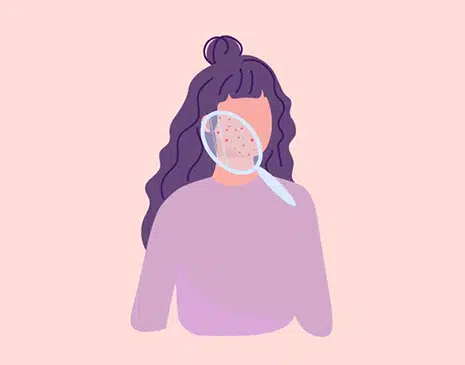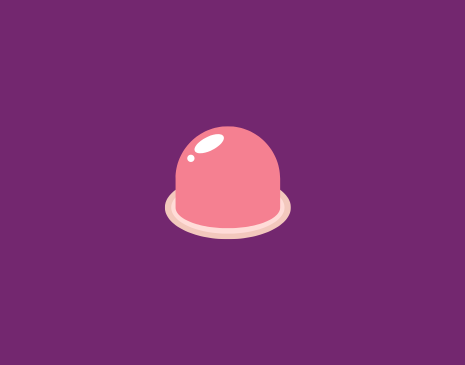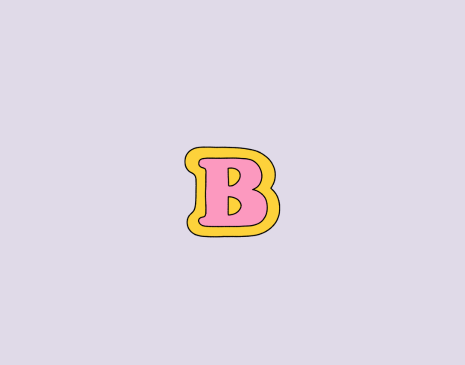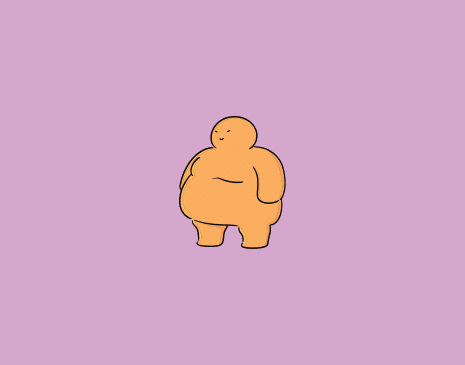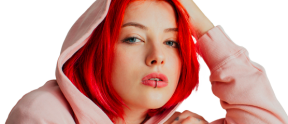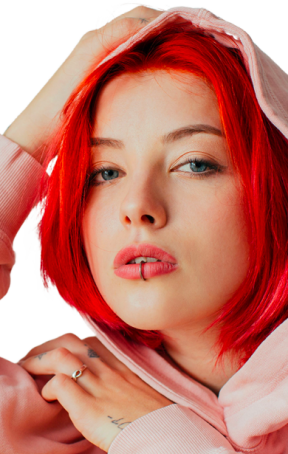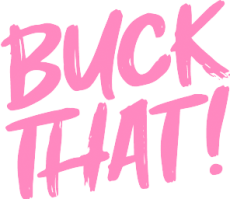Let’s talk acne. It’s the skin condition caused by clogged pores that result in blemishes on your face, chest or back.
As unpredictable as a Melbournian weather report, zits show up without notice, bringing their entourage of embarrassment, pain, stress and worry along for the multi-day ride. And, unlike their speedy arrival, getting rid of pimples can be a frustratingly lengthy and difficult process. Especially when you consider there are six different types of acne, with completely different methods of acne treatment.
What are the different types of acne and how do you treat them?
There are six types of acne to add to your breakout vocabulary: whiteheads, blackheads, papules, pustules, nodules and cysts.
Whiteheads:
Officially known as comedones, whiteheads pop up when pores are clogged the entire way through. Since the pore is completely closed, these types of acne form a tiny white bump on top of the skin. That’s the whitehead. As tempting as it may be to squeeze or pop the whitehead, it’s super important to fight the urge and avoid permanent scarring.
How to treat whiteheads:
Pharmacy treatments with ingredients of sulfur, salicylic acid or benzoyl peroxide are great for remedying whiteheads. When applied topically they help to remove dead skin cells and excess oil. Topical retinoids derived from vitamin A are another effective treatment for noninflammatory acne.
Blackheads:
Similar to how whiteheads appear white on the skin’s surface, blackheads appear black on the skin’s surface. Apart from the obvious colour difference, blackheads are known as open comedones because the tip of the pore remains open. Blackheads are only partially clogged and can be removed via squeezing; however this isn’t recommended.
How to treat blackheads: Forget what you think you’ve learned about blackhead removal strips. These strips are a harsh and abrasive treatment method that can damage the top layer of your skin. Instead, opt for the same treatment options as whiteheads.
Papules:
If you’re familiar with small bumps on your face, chances are you’re experiencing the type of acne known as papules. Formed when oil or dead skin cells block a pore and mix with bacteria on the skin called Cutibacterium acnes, papules are a type of acne that do not contain pus. That’s because the contents of the blocked pore spill out and flow into surrounding skin tissue where they form an inflamed lesion. Papules can be smooth, rough, soft or firm.
How to treat papules:
Papules are best treated by using a product with antibacterial properties, like benzoyl peroxide. If that doesn’t provide relief, visit a dermatologist or doctor who can prescribe a topical retinoid or antibiotics to ease the inflammation.
Pustules:
True to their name, pustules are small, bulging bumps that contain pus. Typically formed by hormonal fluctuations or an infected blocked pore, pustules often form in clusters and are surrounded by red, inflamed skin.
How to treat pustules:
With their ability to remove bacteria-filled pus, antibiotics are one of the best ways to treat pustules. Whatever you do, avoid popping pustules to reduce the risk of spreading bacteria.
Nodules:
The by-product of Cutibacterium acnes bacteria causing a painful infection deep within the pore, nodular acne shows up as red or flesh-coloured bumps on the skin’s surface.
How to treat nodular acne:
Nodular acne is best treated from within. Since over-the-counter products work externally on the skin, visit your dermatologist for prescription-strength benzoyl peroxide or salicylic acid, antibiotics or retinoids.
Cysts:
The most severe type of acne, cystic acne can be debilitating for those who experience it. Just like nodular acne, cystic acne is caused by an infection deep within the skin. Cysts can be incredibly painful, large, red, inflamed and troublesome in terms of bursting and infecting surrounding skin.
How to treat cystic acne:
Due to their deep nature, cysts are the most stubborn type of acne to treat. A personalised treatment plan that includes one or several topical and oral medications will be your best chance of clear skin. A dermatologist is the perfect person to see for this.
Looking for acne treatments? Youly can help.

